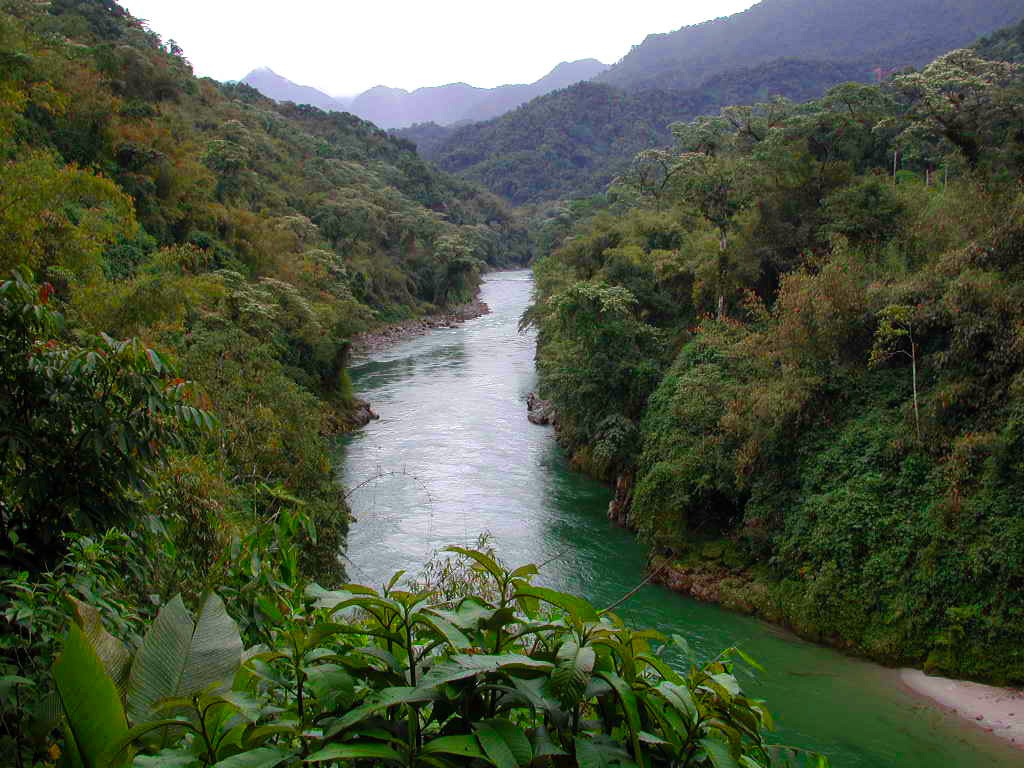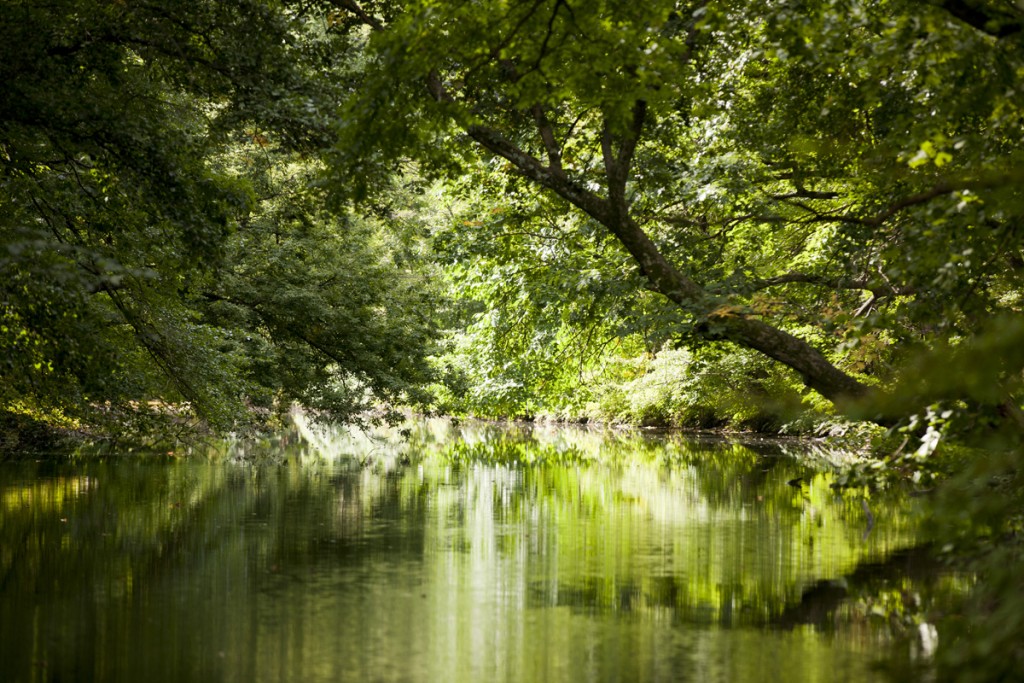A Biological Strategy for Cooling a Warming Planet
Posted in Environment on December 9, 2015 by Brian Boom
Brian M. Boom, Ph.D., is Vice President for Conservation Strategy; Director, NYBG Press and Science Outreach; and Bassett Maguire Curator of Botany at NYBG.

Negotiators at the Paris climate change conference (known as COP21) are in the final stretch of their effort to reach a broad accord to limit carbon emissions. Switching to alternative sources of energy that do not rely on fossil fuels, such as wind, solar, nuclear, and geothermal, is a big component of the debate, alongside controversial approaches to sequestering carbon by means of “geoengineering.”
Another approach to sequestering carbon that is being much discussed and debated in Paris is not at all risky: using natural biological processes to take carbon out of the atmosphere. One of the best examples of such processes is the way plants use the carbon in carbon dioxide to build their roots, stems, trunks, leaves, and every other part of their anatomy. For the past several years, New York Botanical Garden Board Member Dr. Thomas E. Lovejoy, who is presently in Paris at COP21, and others have been advocating for a greater application of biological solutions to the challenge of holding the rise of atmospheric temperature below an additional two degrees Celsius; see for example this op-ed piece Dr. Lovejoy wrote for The New York Times in 2013.
The idea of enhancing the natural process of carbon sequestration by restoring degraded ecosystems and protecting and expanding existing forests has gained major traction in international climate change diplomacy in recent years, and it is manifest in full force at COP21. Of course, beyond sequestering carbon, forests fulfill a multitude of other roles in ecosystems, providing habitats for myriad species of organisms and forming a crucial link in complex ecological relationships that are vital to sustaining human health and economic well-being. COP21 negotiators are discussing the allocation of billions of dollars to ecosystem restoration and forest protection and expansion, and truly the task is so huge that only national governments and multilateral organizations can meet the need.

Botanical gardens have an important role to play in the overall effort to combat climate change because they have great expertise in growing trees and other plants and in teaching people about their importance. For example, on the grounds of the Botanical Garden, we protect and manage a 50-acre old-growth forest, the Thain Family Forest, a site of ongoing ecological research and education for generations of Garden visitors. In another example on the other side of the world, we are working with colleagues in Myanmar to protect that country’s forests. You can learn more about that project here and at this upcoming event.

